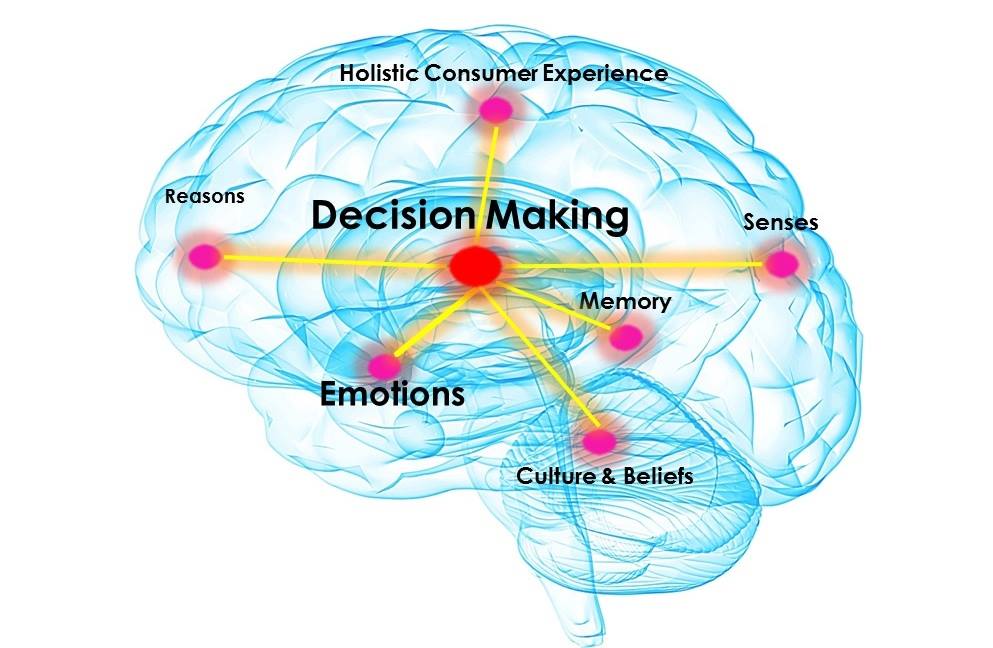Neuroscience, when I first heard this term I was a bit scared to work on this area. Well, it’s not ‘a bit’ I must say ‘quite a lot’. I was never a science person; science has been scaring me since childhood. However, surprisingly, when I started working and learning about this field, it simply started being more interesting. As when you have interest, you find your work enjoyable, fascinating. However, I believe it’s worth sharing the summery understanding on this highly spoken area in today’s leadership development. The research findings of neuroscience shows relationship between neuroscience and leadership. Having said that, let me unfold on how neuroleadership can improve the way you do business. In a simplest way, organizations like Google, Telstra, Macquarie Bank, Westpac, BP, AoN, NRMA, Alliance, Vic Roads, Melbourne Water, Defense Service and other government organizations in Australia are getting benefit in the following ways by adapting neuroscience based business habits of leadership and change: 
a. Adding sensibility to business
b. Helping the team to plan their own actions
c. Asking the right question
d. Giving positive feedback
Neuroleadership is the brain-based tool to form new business habits in managers and team members and understanding how the brain works can make you a better manager for your organization. Neuroscience activates a set of tools that can form new business habits in managers and team members because research of the brain (neuroscience) has proven that our brain has the capability to keep learning new things, adapting to changes and can keep improving our performance in a relatively short space of time. Brain-based education, awareness or training can support the managers on the connection between the brain’s relationship between positive feedback and new habit formation. This approach can boost results considerably over time. It’s also a skill set that can help build much stronger relationships with clients as well as stakeholders. Now the question comes, how bringing brain in business can be the true option to manage a team to deliver results?
a. Be sensitive to how each team member responds to a situation. Recognise that a person’s emotional state has huge consequences for their performance. For example, if the goal is to devote five hours a week to generating new business, it’s important to consider each individual’s emotional responses to delivering on this promise.
Dr. Evian Gordon explains that our brain works on two principles it wants to minimize threat and maximize reward with two modes of operation – non-conscious and conscious. Among which the non-conscious one is quicker and more energy efficient, but at the same time non-conscious part of our brain get highly influenced with our emotion and feelings.
b. Help people plan their own actions. You can assist team members in planning when to structure this initiative into their day by using the business examples. Concrete action plans have an increased chance of success.
When you plan for the team, the team member’s brains don’t get motivated, encouraged or dedicated to the goal. Rather when they make their own plan, they get the dopamine hit in their brain that arouse their feel good neurons and the team get motivated to their own goal.
c. Ask more questions than you answer when someone approaches you for a solution. Use the insights you gain through the questions you ask to lead your client or team member to their own conclusions, rather than telling them what to do.
To get the real insights through the questions the traditional method GROW is not enough. It only focus on the top part of the iceberg that is elements of SMART, ignoring the non-conscious part of emotion and feelings. Brain-based conversation bridged the gap.
d. As a leader, pay attention to, and provide positive feedback on, the small developments made by people to form new personal habits. Have regular coaching conversations. These are separate from your work-in-progress meetings and should focus on the individual team member and what new habits they’re forming.
If you are still thinking about the reward-punishment culture, I may say, if you are dealing with output oriented workforce, you may find it working fine but you need to fully compromise with creativity. And if it is about knowledge workers, then it’s a big ‘no’. Because that’s how you are going to put your knowledge workers into complete threat state, where creativity is hardly possible. I may make one more point here, brain-based leadership can approach not only drive the positive business habits, one can adopt this approach in his daily life to bring positive changes. On a personal note, when I started learning about this brain, I have become quicker in adopting to small positive daily changes with a belief to achieve substantial gains in the long term.
Source: Bangladesh Brand Forum, April 2016 issue, page 22.

